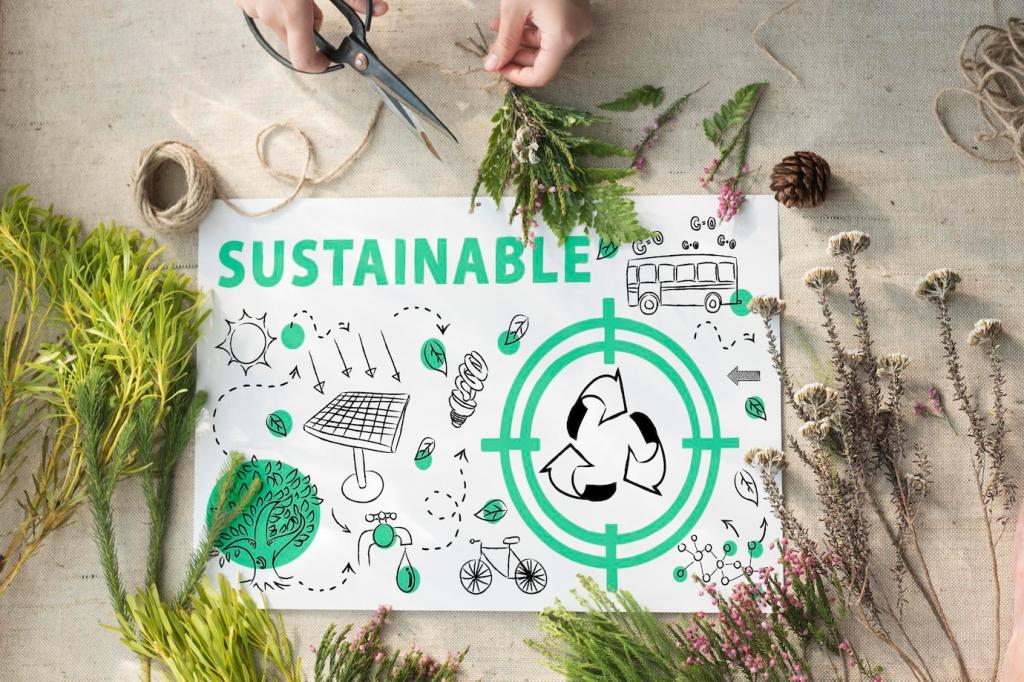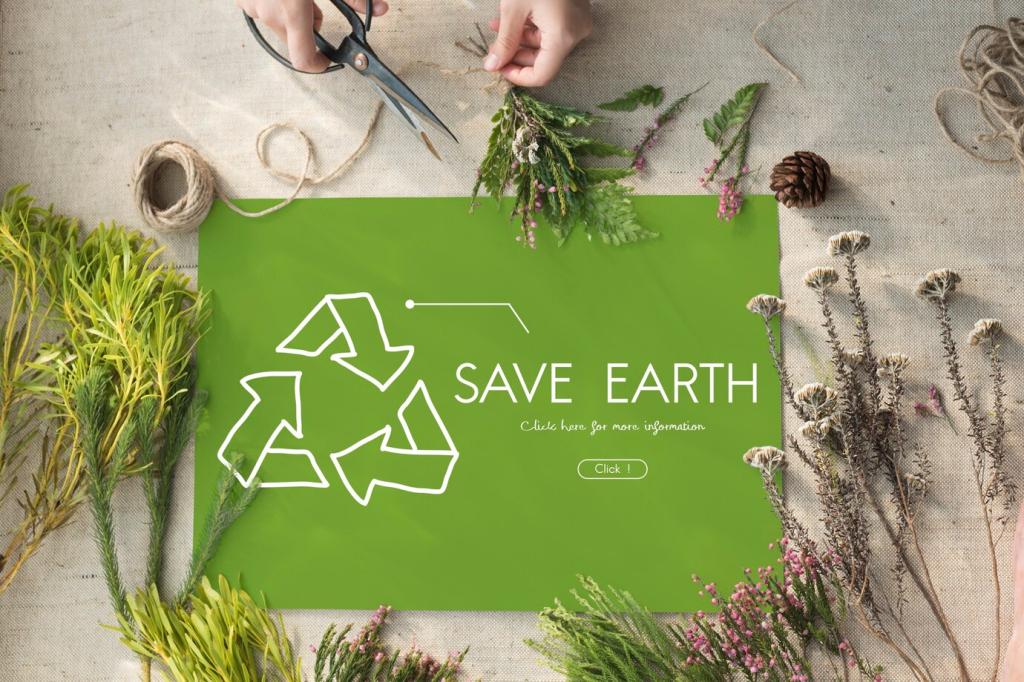Digital Tools to Eliminate Waste
Clash detection eliminates field conflicts that often cause demolition and reorder cycles. Parametric models drive precise takeoffs, while coordinated details limit guesswork that otherwise produces needless trims, offcuts, and site improvisation.
Digital Tools to Eliminate Waste
Assign digital IDs to components with specs, maintenance guidance, and reuse pathways. Quantity optimization routines balance stock sizes with module grids so you order less, cut less, and maintain clearer records for future recovery.
Digital Tools to Eliminate Waste
QR labels on pallets and offcut racks let crews scan items, check dimensions, and reserve pieces before cutting new stock. Simple dashboards reveal what is available, reducing redundant purchases and encouraging creative reuse.










